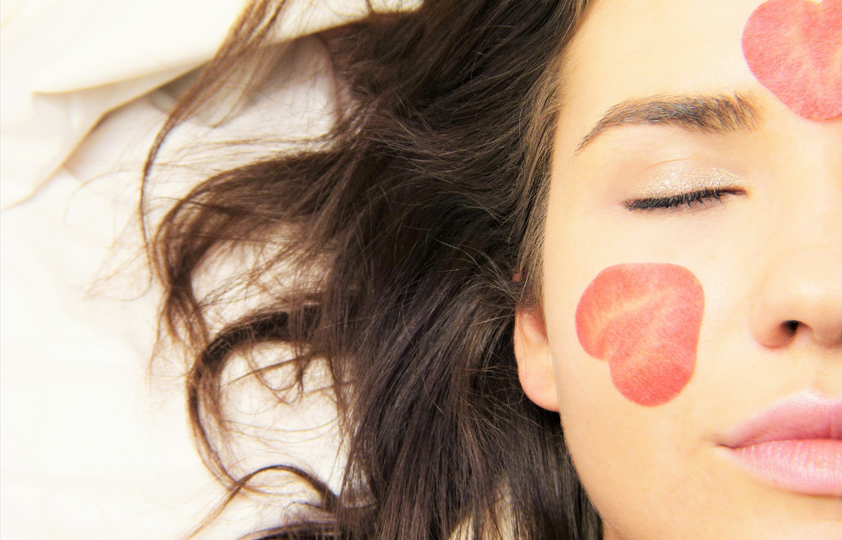
Psoriasis is an autoimmune inflammatory skin disease where the skin cells build up and form scales and itchy, dry patches over the surface. It is a misunderstood skin condition. The misbelief is that it not treatable and affects a particular gender or at a certain age. However, it can affect both men and women equally, and more than 5 million adults deal with this skin disorder — which is about 2% of the U.S. population.
Another common misconception is that it is contagious and can spread from one person to another. Well, Psoriasis is an immune system problem in which your immune system does not work as it should normally do.
Light Therapy: The Advanced Way
With some options available for Psoriasis, light therapy is one of the oldest, safest, effective, convenient, and highly preferred treatment by dermatologists. It has been widely used to treat stable psoriatic lesions, including different parts like the trunk, scalp, arms, and legs, and partial nail psoriasis. The treatment of light therapy is available in a variety of light with different mechanisms of action. Based on the bandwidths, the varied versions includes ultraviolet B (UVB), psoralen ultraviolet A (PUVA), pulsed dye laser (PDL), photodynamic therapy (PDT), intense pulsed light (IPL), light-emitting diodes (LED), etc.
How it Works
Light therapy has a very long history of dermatological benefits. Psoriasis happens when the skin cells there is an abnormal production of skin cells. Light therapy works by slowing down the excessive production of skin cells on the epidermis layer. This reduces plaque formation. It also reduces inflammation and limits the growth of skin cells by affecting the functioning of the DNA.
Many clinical studies and researches have displayed positive and effective result in the treatment of various types of Psoriasis like –
- Small areas of stubborn, thick plaque psoriasis
- Palmoplantar psoriasis (on hands and feet)
- Nail psoriasis
- Scalp psoriasis
Why do Dermatologists Prescribe Light Therapy?
Light therapy treatment can:
- Slow down the growth of abundant skin cells
- Repress the functioning of an overly active immune system
- Reduce inflammation and allow the skin to heal itself
- Reduce or eliminate the dry and itchiness
Light Therapy Mechanism
Light therapy can be delivered on any affected skin areas such as the hands or scalp, or across their whole body. But proper care and protection are given to the skin areas, such as the eyes and genitals, before treatment.
The treatment doesn’t work in on-go. Several sessions are required as the effect is gradually seen in patients. The treatment requires multiple sessions where the amount of light is gradually increased per session. The light exposure is not instant and varies for a different duration depending on the skin condition severity.
The sessions give proper time to heal the skin. Usually, the sessions go from two to three months. We need to understand the fact that every person’s skin reacts to light therapy differently. Hence, how much improvement one sees in their psoriasis symptoms and how long those benefits last depends totally on their system.
Now the time has changed, and technology has brought more convenience in getting the treatment. Break the old and mainstream treatments and adopt effective light therapy to let your skin and life heal completely!

